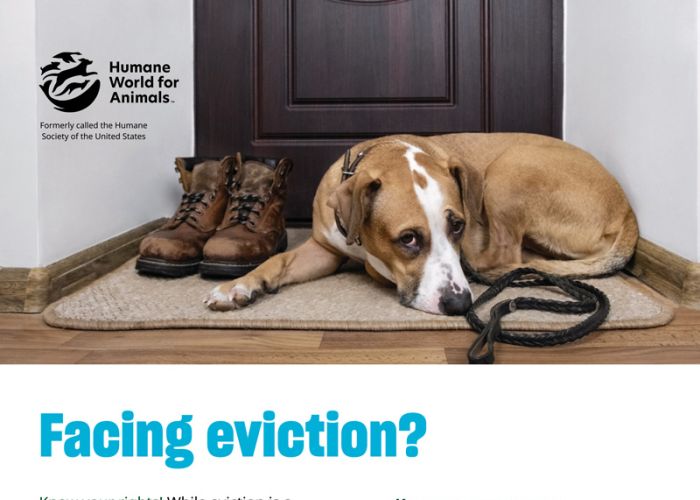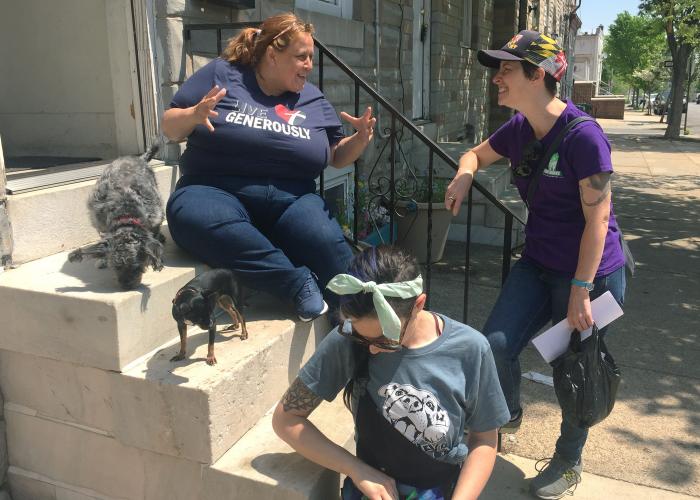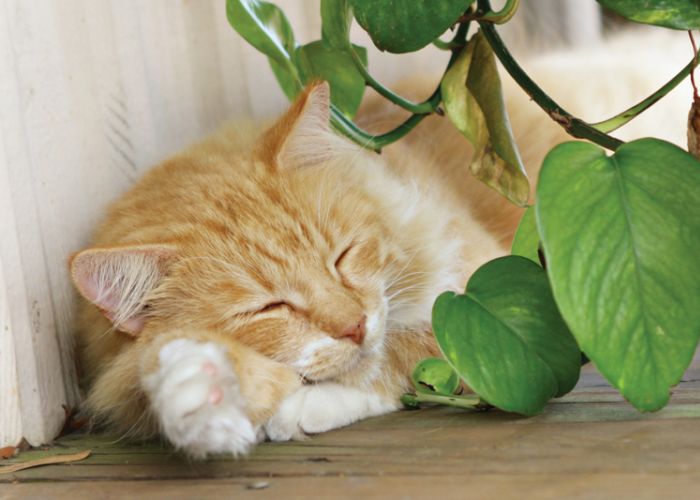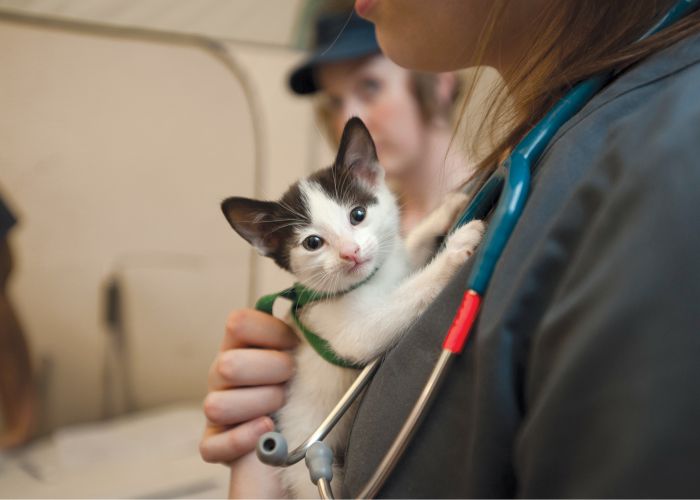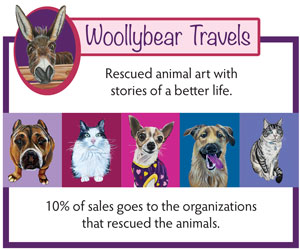Think outside the box and inside a closet
Some of the Animal Welfare League of Arlington’s most impactful shelter programs started in small spaces
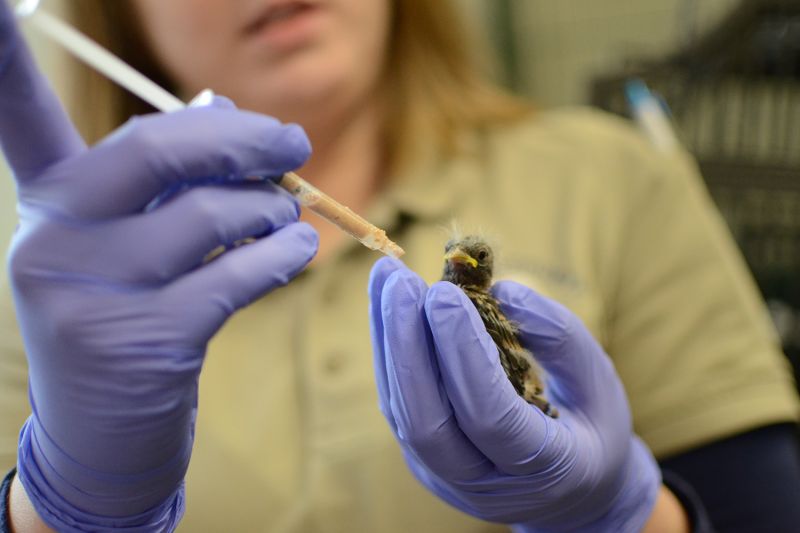
Some ideas take flight in big-budget boardrooms; others hatch in a closet. Just ask Jennifer Toussaint, chief of animal control at the Animal Welfare League of Arlington in Virginia. Over the past decade, her team has developed fledgling programs that now feed hundreds of pets, save the lives of thousands of orphaned kittens and support injured wildlife across the region.
And they all started with a closet.
The coat closet turned pet pantry
In 2012, Toussaint stood in front of an overstuffed staff coat closet and questioned its existence.
“Our shelter was built in pieces over time,” she says, explaining that the original building is 80 years old. “We have the foundational shelter, and then you have the add-on from this year and the add-on from that other year. … We end up with inherited spaces. I remember looking at this closet and opening it and being like, ‘It’s just filled with stuff. What year are these jackets from?’”
What Toussaint really wanted was a place where she and her team could store donated pet food and supplies for distribution to struggling pet owners in the community. But with Arlington’s hot, humid summers, storing food in an outside shed wasn’t viable. So she asked leadership a simple question: “Does anyone care about this closet?”
The answer? “What closet?”
With no objections, she cleared the space, took the doors off, and spent about $300 on metal racks and crates. “We were like, ‘Look, it’s a program,’” she says with a laugh. (Staff coats ended up on hooks and the backs of chairs.)
That program—now called the Pet Pantry—has grown to serve “hundreds and hundreds of animals belonging to hundreds and hundreds of families every single month,” she says, and has expanded to include operating hours, mobile carts and delivery days.
“It feels so good to show up with a resource kit and food and litter and supportive supplies…” says Toussaint. “Having food to give community members means not taking their pets.”
The closet that launched its own nonprofit
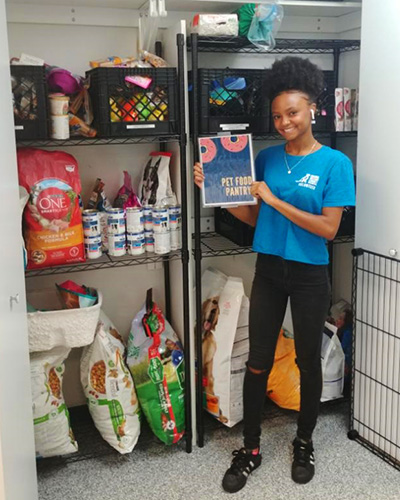
The success of the pantry made staffers look differently at every nook and cranny in the shelter. Within a few years, Marnie Russ, who was then volunteering at the shelter, pitched the idea of turning another closet—this one near the dog intake room—into a neonatal kitten nursery.
It needed a small retrofit, including tearing down part of a wall to connect two back-to-back closet spaces, bringing in kennels and incubators, and using nearby sinks for cleaning and feeding. But “we went from saving the lives of a few hundred neonates a year to saving the lives of over a thousand neonates within 12 months of inception,” Toussaint says.
As the program grew, it leaned heavily on a strong foster network, enabling the shelter to triage kittens on intake and quickly place them in homes until adoption. The model was replicated by 10 other shelters in the region. The closet became the original home of Kitten College, a program so successful it now exists as a standalone nonprofit, led by Russ, that provides vital support to animal shelters and rescues working to save neonatal kittens.
“When you start saying numbers like, ‘We saved a thousand lives this year,’ people are expecting to see a 500-square-foot facility dedicated specifically to that. People are assuming they’re going to walk into what looks like the fancy back room of a private veterinary practice,” says Toussaint. “Then we show pictures and…it’s a closet.”
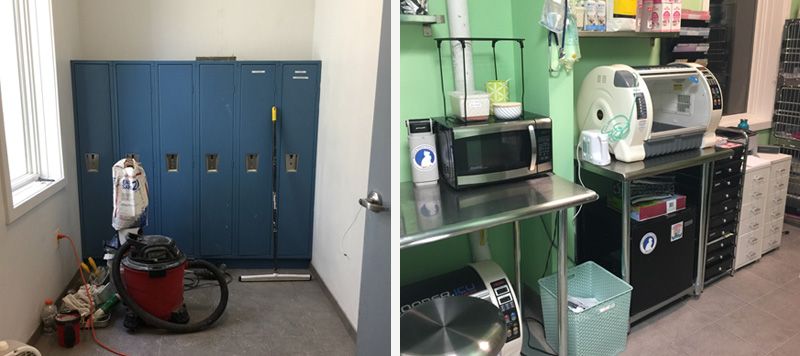
The closet gone wild
AWLA’s wildlife work had been a patchwork effort since the 1980s, long before Toussaint was hired. With no wildlife rehab center within a two-hour drive, about half of the calls to animal control involved wildlife, she says. “We’re talking thousands of calls a year.”
So when Toussaint took over animal control operations in 2016, the shelter carved out another small closet to triage injured and orphaned wildlife before transferring them to licensed rehabilitators. The traps and other equipment originally stored in the closet moved to a $400 Rubbermaid shed assembled by volunteers from the local police department. The closet gained a secondhand stainless-steel table donated by a friend of the former veterinary director.
The space was tight but functional: “We were able to come up with kenneling that was very pliable and cleaning protocols that maintain the safety and standards of care for the wild animals coming in,” Toussaint says.
“I’ve definitely stood over a crate that had a raccoon in it and bottle-fed a squirrel,” she adds with a laugh, noting that she can touch both walls of the closet with her arms outstretched. “But having that dedicated care space, which was a closet, discerning the number of patients, the type of patients, helped us make educated decisions.”
It wasn’t until 2020 that AWLA formally named the program the Wildlife Resource Center. “Sometimes to get support from the community, from donors…you have to name a program. It has to be a thing,” Toussaint says. “You can’t fundraise for ‘stuff in the corner of the office.’ You can fundraise for a pet pantry.”
The same year, the Wildlife Resource Center received its first dedicated donation. In early 2025, after more than 40 years of makeshift spaces, wildlife care finally moved into a multi-room, purpose-built facility funded by grants. But, as Toussaint says, “It took over a decade of a closet.”


